From poetry and avant-garde theatre to the modern novel, short story and literary nonfiction, the beauty and complexity of Persian literature thrives, despite warring factions.
Salar Abdoh
Beryanak is an old district in Tehran that falls on the west side of Navab, an illogical, highly congested pretend freeway hacking entire traditional quarters into graceless versions of their former selves. On a cold evening in early January I rode my motorbike through the outer façade of a crumbling old building in this neighborhood, where the caretaker, without the absent owner’s knowledge, had set up a secondhand bric-a-brac shop. Ancient looking samovars lined the fragile walls. This was in fact the entrance to an enormous courtyard, in the back of which sat another unsteady pile where the experimental theatre troupe, Saye, had rented the concealed space for one of their underground performances.
The theatre had gone into a coma with Covid, and remained that way during the months-old protests of autumn 2022. Some seasoned stage hands thought: good riddance. The theatre that had immediately preceded the shutdowns had for some years been mostly populated by domestic film stars aiming to bloat their credentials with “real acting.” The venues filled every night and audiences shot up on cue at the end of each show, giving standing ovations to anemic works.
The performance this night was anything but. Based on the double suicides of two teenage girls in the city of Esfahan five years earlier, the ambulatory play, Base Camp, was merciless in its portrayal of how a society can turn into and remain an open sore — not unlike the Navab freeway.
I wondered what the world would think of this country — so often in the news because of the endless hijab debate — if they were here to watch a play where at a strategic moment each night an actress pointedly, even aggressively, asks a male member of the audience if they can snap open her bra. Which they do, every time.
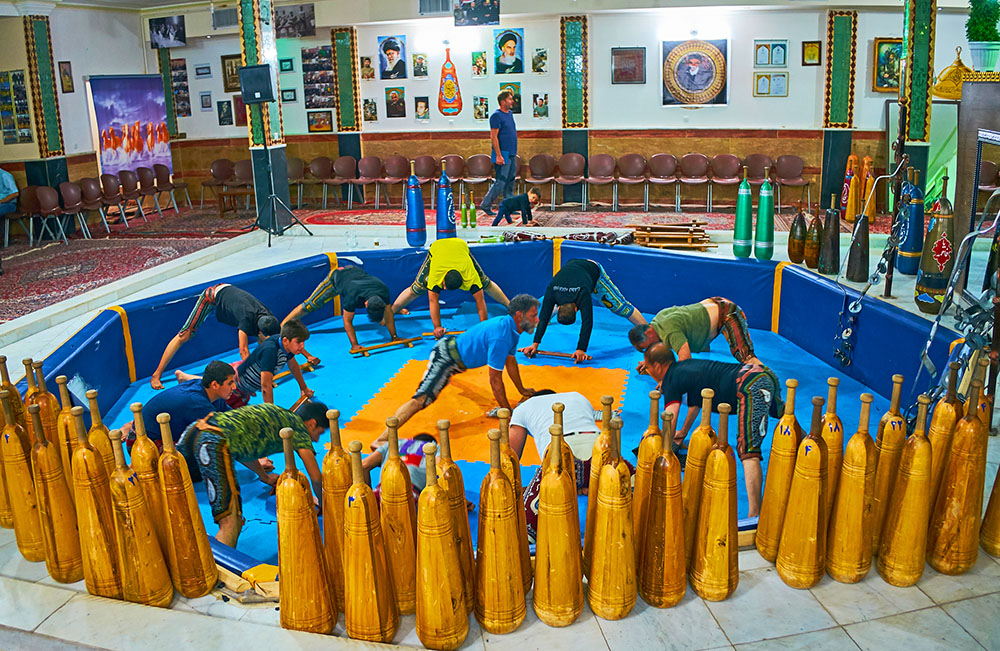
I had wondered the same thing several years earlier when invited to a panel on war memoirs in the central Iranian city of Kerman — the audience a mix of young college students, male and female, and local literati sitting next to military staff and retired warriors at the cultural wing of the legendary 41st Tharallah Division’s headquarters. Some of these older men had served for years alongside Haj Qasem Soleimani, the former commander of the 41st and the then-chief of the redoubtable special operations Quds Force, who would be assassinated by the Americans two and a half years later.
These two moments, wildly dissimilar and yet part of the same continuum, are Iran in a nutshell. And from the point of view of many Iranians who stay put rather than leave, it is these very contrasts and incongruities that make the country interesting, troubling, tragic, impossibly volatile, and ultimately exquisite and one-of-a-kind.
Such contradictions permeate every facet of intellectual life in Iran. “I don’t read Persian novels,” is, for instance, a refrain you’ll hear often from the most dedicated readers. Nevertheless, since the revolution of 1979 there has been no shortage of novelists who became household names, despite enduring censorship and self-censorship that ebbs and surges depending on who is in charge at the time. Many of these established novelists, whether one is drawn to them or not, made their exit in the past quarter century — Shahrnush Parsipur (to the west coast of the US), Shahriar Mandanipour (east coast), Abbas Maroufi (Berlin). Others remain as repositories of memory (Goli Taraghi) or purveyors of the expansive novel depicting adversity and the rural life (Mahmoud Dowlatabadi). Meanwhile, the abundance of writing workshops in every genre, alongside the explosion of café culture and art galleries in the last few years, has created a network of writers and artists who are acutely in touch with the latest trends outside of the country.
In Iran the sheer number of books translated “from across the water” is intimidating. Sometimes the same title is translated by several publishers in the same year, causing no small degree of bad blood. This is because Iran is not a signatory to the international copyrights convention and therefore a free-for-all that allows anyone to publish anything at any time. There is, however, little standard to many of these translations; this is a chief complaint from many readers. At the same time, the availability of so many foreign titles makes things doubly complicated for the Iranian fiction writer, creating a crowded field despite the prohibitive cost of paper because of US economic sanctions. But swing on by Karim-Khan Avenue in the heart of Tehran and look outside of Cheshmeh bookstore — (belonging to the all-powerful publishing house of the same name) and you are likely to see giant, blown-up headshots of the latest stars of the Iranian literary establishment staring back at you.
A large measure of these accomplishments belongs to a younger generation of women writing emphatically about women. Nevertheless, the tall shadow of censorship lingers for everyone. The novelist and short story writer, Alireza Iranmehr, describes in a hilarious (and heartbreaking) still unpublished essay titled “Come to Our Hell for a Good Time,” how after achieving some acclaim his first book was not only eventually banned, but then every single unsold copy was rounded up and destroyed. Not having any copies of his own book at the time, he ended up in the absurd position of begging folks online to sell him a copy. One seller finally answered the author’s call, but demanded several times more than the original price.
If fiction has to contend with foreign titles and the ugliness of censorship, poetry has a whole other Goliath to cope with: the anxiety of influence and the Everest that is the inheritance of classical Persian poetry. While 20th century Persian gave Iran giants like Nima and Shamlou, the poetess par excellence Forugh Farrozkhzad (who died far too young), and some of the more formidable practitioners of the school of Other Poetry who began their careers in the 1960s and 70s, the contemporary poetry scene often suffers an irrelevance compared to the harvest of what came before. At the same time however, the breathtaking and naturally untranslatable efforts of a poet like Bijan Elahi, who died some years ago, have found a whole new generation of younger readers drawn to the subtle intricacies of Persian and its music. These are the same young readers who might devote themselves to another not long deceased master of Persian prose, Qasem Hasheminejad, and who also anticipate every new novel by Alimorad Fadaienia, quietly toiling away in exile in New York for the past 40-odd years, yet producing a monumental body of work that achieves the nearly impossible: the flawless blending of spoken and written Persian.
Healing Linguistic Ruptures
For decades Persians strove to go it alone, casting away the marvel of Arabic as much as possible. Prior to the revolution the Pahlavi dynasty had opted for a spurious anti-Arabism in order to highlight the imagined, sometimes fantasy-prone glories of Iran’s imperial, pre-Islamic past. The arrival of the Islamic Republic only complicated matters, driving the intellectual class to disavow the undeniable influence of Arabic on Persian letters. One of the most welcome trends of recent years has been an acknowledgment and revived affection for all things Arabic — music, food, dance, literature, and the language itself. Writers like Maryam Haidari from the southwestern Arab province of Iran, Khuzestan, who easily float between the two languages and consistently translate back and forth, have been instrumental in this development.
Alongside the partial resurgence of Arabic has been the belated attention paid to nonfiction, in particular the personal essay form. In the past few years one of the most popular shows on television had been Ketab Baz, which loosely translates to “Book Aficionado.” In one episode of the program several titles by the elegantly managed (if somewhat hipsterish and overly smitten with the West) Atraf Books were introduced to the audience, each slim volume a distillation of quality essay writing in well-executed translation. I recall a reaction not far from awe watching the TV hosts on an official channel of the Islamic Republic talking about books by the likes of David Foster Wallace, Zadie Smith, Rebecca Solnit, and Joseph Brodsky.
Among a handful of writers responsible for the flowering of the personal essay form in the last decade has been the journalist, biographer, and essayist Habibe Jafarian. Jafarian is a seminal writer (grounded firmly in the Persian tradition, rather than merely dancing to the winds blowing from Paris or Brooklyn), whose highly anticipated collected essays, Rescue from an Artificial Death, had to forego some of her most important pieces which could only be published outside of the country. In 2021 during the Asghar Abdollahi Literary Awards, something momentous happened. Habibe Jafarian, the judge for the best nonfiction volume that year, honored the Afghan writer Aliyeh Ataei, whose collection was recently translated in France as La frontière des oubliés — an extraordinary set of essays having to do, among other things, with what happens to the bodies of women during and after war. Sitting in the audience to watch this sharing of the torch, I was also struck by the fact that this first-year ceremony was named after the late Asghar Abdollahi, a much honored screen and short story writer. For years the award every writer in Iran had sought was named after Houshang Golshiri, an enormously influential author and critic who trained a whole generation of budding scribes to prize form and symbol at the expense of lucidness, plot, and narrative movement. Golshiri will always have his place in the modern Iranian pantheon. But the legacy he bequeathed, I always felt, was too skimpy, overlooking — on purpose — widely read modern storytellers like Ahmad Mahmoud or Esmail Fasih.
This divide between literature that actually engrosses readers and keeps them turning the page, versus what the Iranian literary establishment usually prescribes, began long before the Islamic Republic. During the Shah’s reign, any writer who did not in some way tow the leftist/activist line was sidelined, their works neglected and purposefully pushed to the peripheries, and reviewed — if they were reviewed at all — with a measure of disdain or even downright hostility toward “bourgeois” writing. In the post-revolutionary period this tendency continued but was transformed, so that, for example, a writer such as Reza Amirkhani, who has a broad audience but does not necessarily stand against the regime, hardly gets the critical attention he deserves. You could say that in Iran there have always been two modes of censorship: that of the government and that of the intellectuals.
Nevertheless, watching Habibe Jafarian and Aliyeh Ataei share the same stage on the night of the award — two remarkable women from the Khorasan province of the Persianate world, one from the Iranian side of the border and one from the Afghanistan side — the audience must have felt something akin to transcendence, and an essential crossing of fictitious borders that should have never been there to begin with.
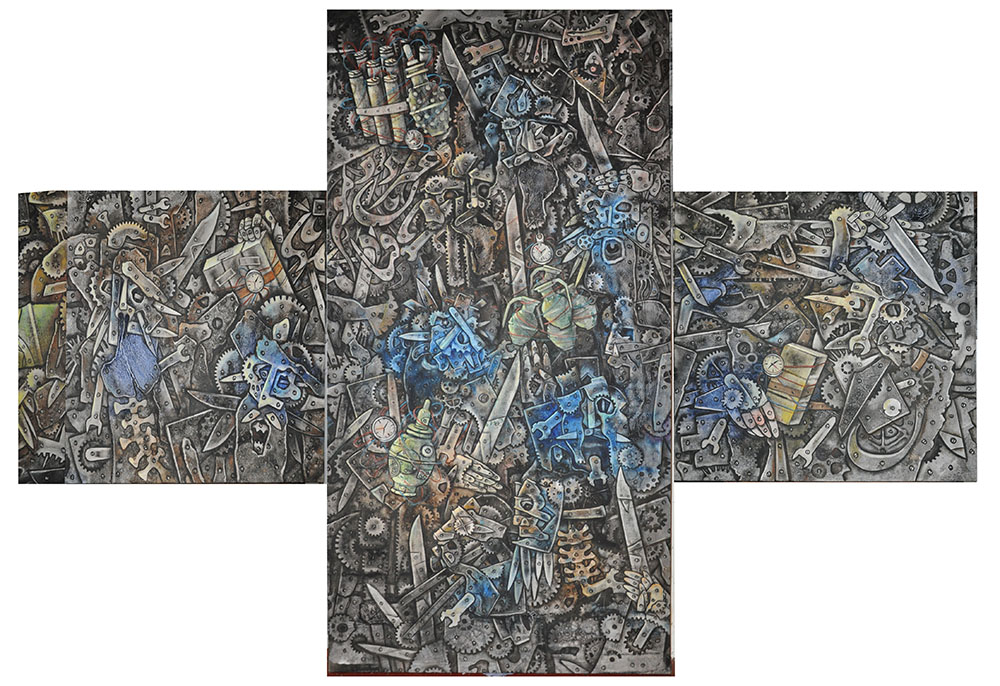
Poetic Frontiers
Borders are a part of every Iranian’s daily life — all those restrictions that one is to bow to and comply with. And of course no one does, not anymore. Even, thankfully, when the diktats and constraints come not from the clerical class but the country’s intelligentsia.
But there’s also something to be said about one’s own taste, and undeniably there are always alternate versions to what one considers exemplary writers. Even in the course of an essay about the contemporary Iranian literary scene I find myself wanting to reverse some of what I’ve already said. Take the case of poetry. There have actually been plenty other poets with bursts of sublime output in recent times. Yet it is likely they will mostly remain mere names to the non-Persian reader — Gholam Reza Borusan, Mohammad Baqer Kolahi Ahari, Mohammad Saeid Mirzaee (Kurdish), Seyed Reza Ahmadi (Afghan), Qeysar Aminpour. Or going back a little: Esmail Khoi, Ahmad Reza Ahmadi, Manuchehr Atashi, Akhavan Sales, Nosrat Rahmani, Yadollah Royaee. Not to mention a master of the medium such as Hasan Alizadeh who, in well over half a century of quietly toiling away at his art he has produced a modest body of work reminiscent of T.S. Elliot in rigor and refinement.
One time at a festival of books in Latin America, I was asked by the audience which writers were the “best” in Iran. How does one answer such an empty, yet admittedly fair question? Where does one begin? I evaded the query, because there really isn’t an answer. And, in the case of poetry at least, my own verdict is that often it is the lesser poets that get translated or translated adequately, because in our time they have learned and internalized how to write lines thin enough, and lacking richness enough in language, to be translatable.
Conversely, great translators can make a language leap beyond itself. How, again, is one to explain what Mohammad Ghazi did for Don Quixote in Persian, Mohammad Ali Movahed for Ibn Battuta, or Abdollah Kowsari for the Greek tragedies and Shakespeare?
Which is to say, there is much left unsaid: the younger cohort of experimental writers for instance, or the writers drawn to the Beat Generation sensibility, or the youthful encyclopedic writers (many of them unpublished or ignored while bursting with talent and energy that is permanently stifled in a censorship culture), or else the many authors who languish in the provinces because Tehran is a beast blind in its own infatuation of itself.
Years ago I asked the novelist, Jaafar Modarres-Sadeghi, about one of his ongoing projects, the editing and abridging, for what is essentially a 21st century readership, some of the towering Persian classics of the last millennium.
“Why do you not edit more of them?” I asked. “It is a great service you are doing, and you are the one with the knowledge to do it.”
“We only have one life, Salar. I have my own work to do too.”
“But aren’t the Persian classics also not your work?”
He looked at me and smiled. It was the look of someone who knows what it means to try and move a mountain. If he did not write about today he could not dip into yesterday, he seemed to say.
He was right.
Because every covert theatre piece in Iran, every underground book and song that is not officially sanctioned, even when they are not very good (and often they are not very good), is still a version of what Jaafar meant but did not actually say: It is today, after all, that matters.



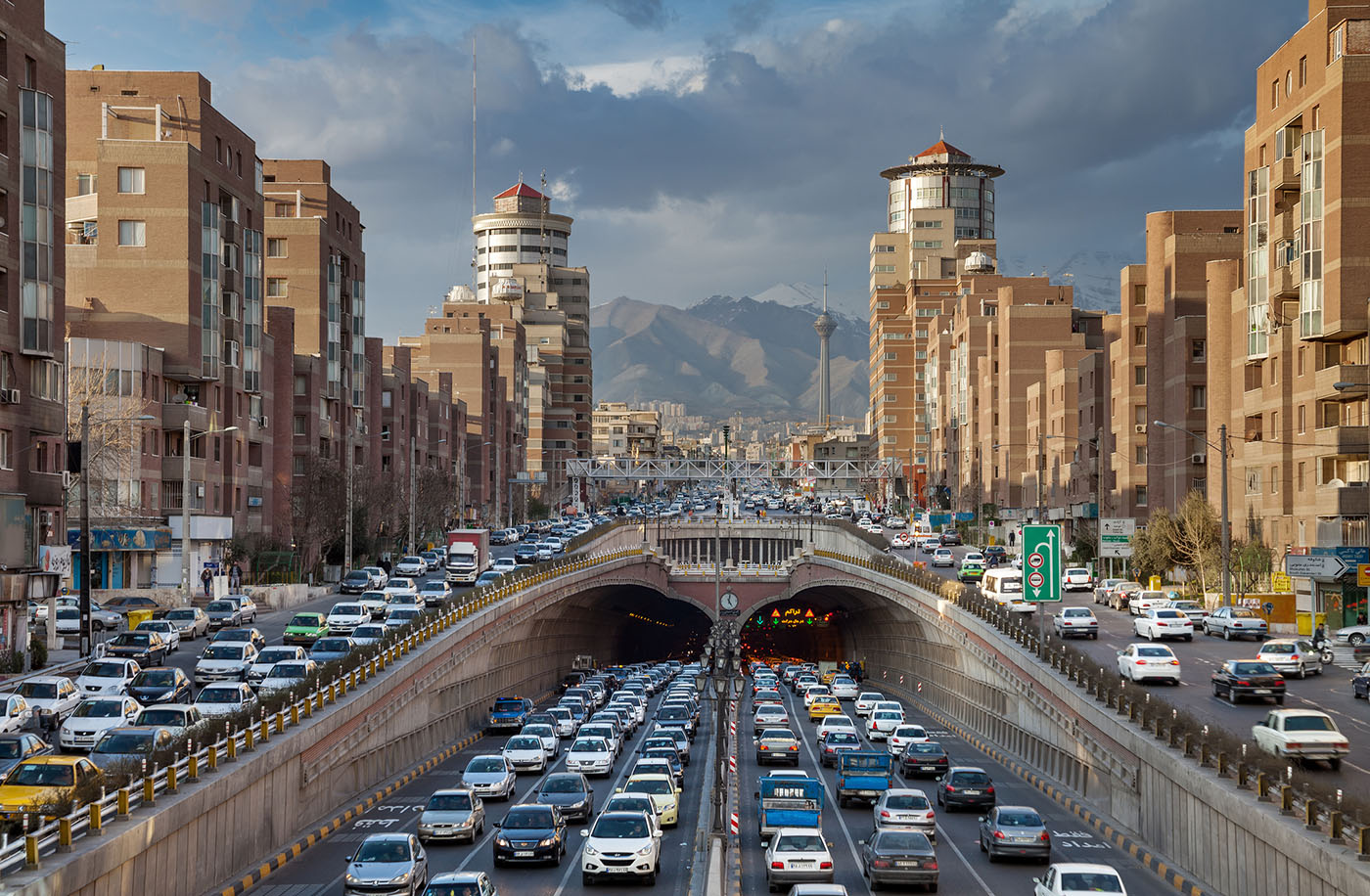
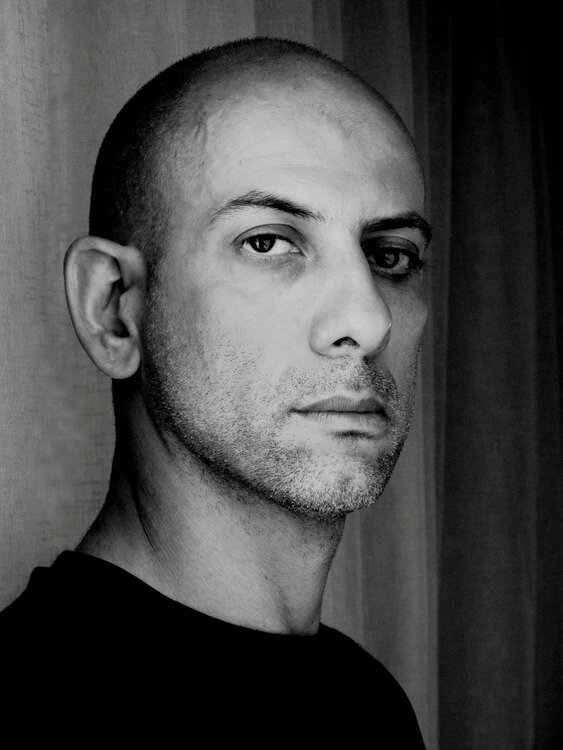
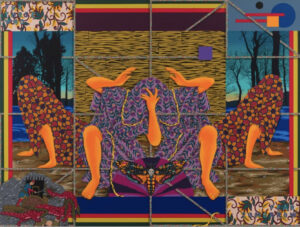
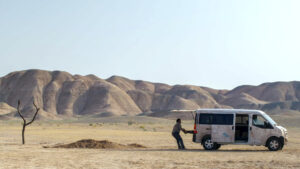

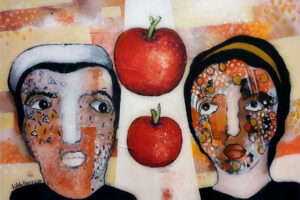

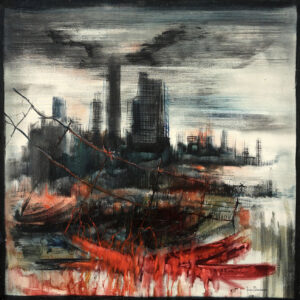
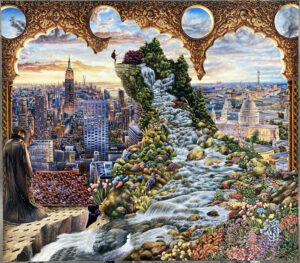
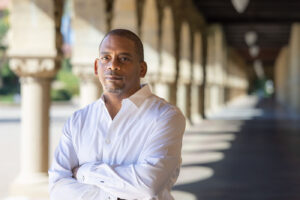
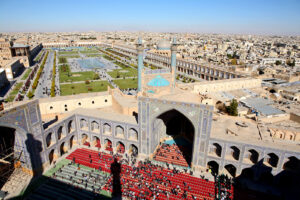
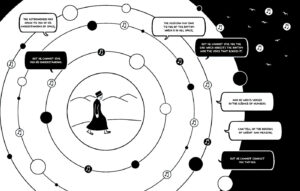
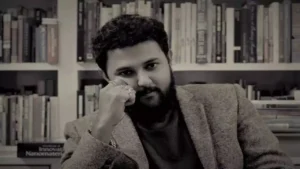

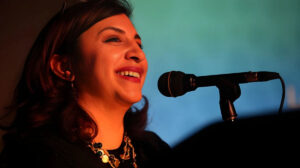

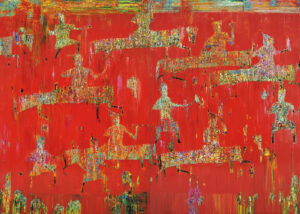

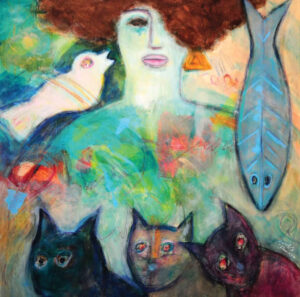
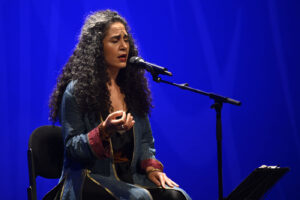

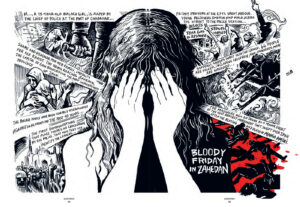

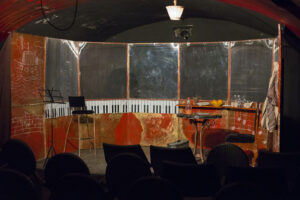

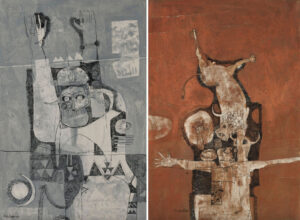

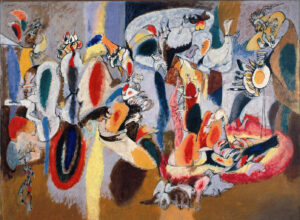

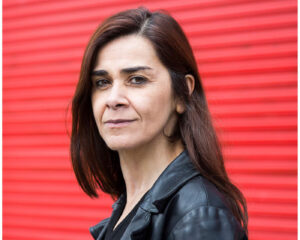


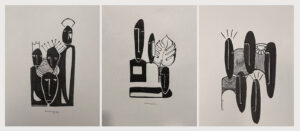

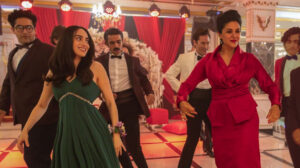
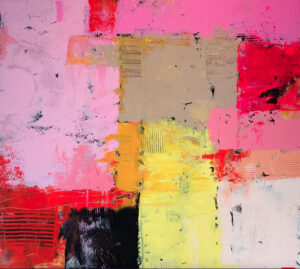
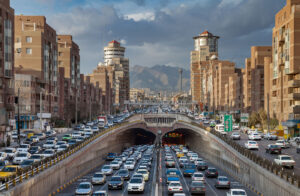
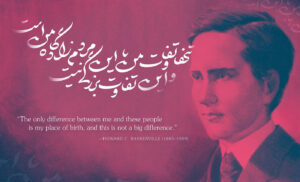
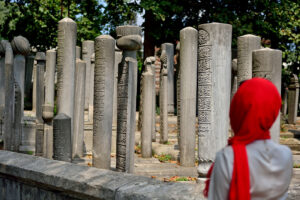
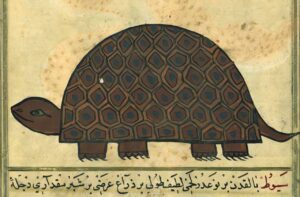
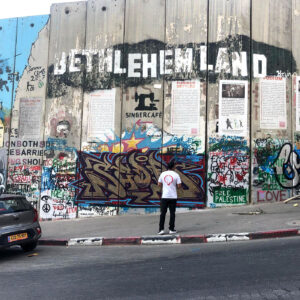

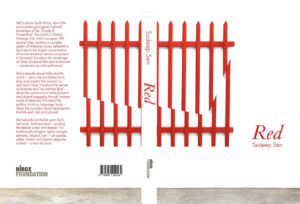
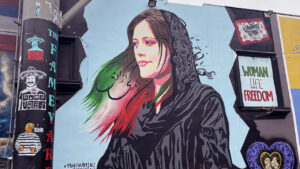


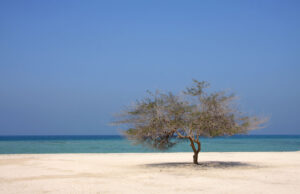


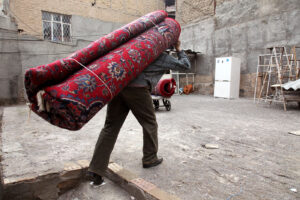
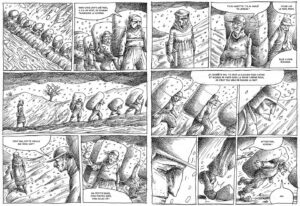

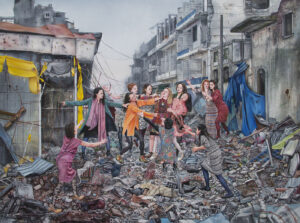
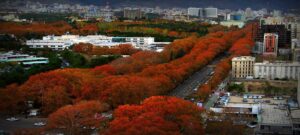

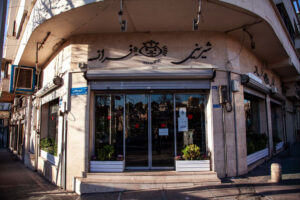


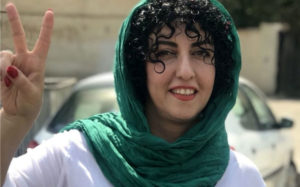


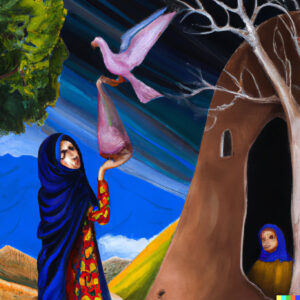


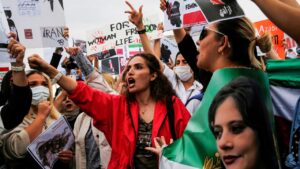
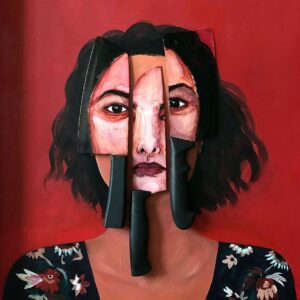
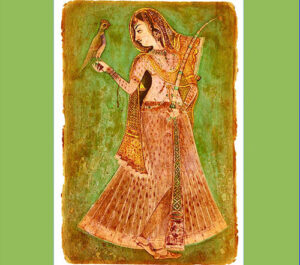
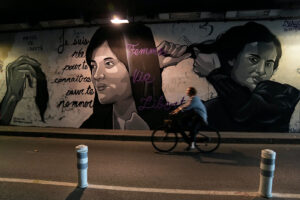
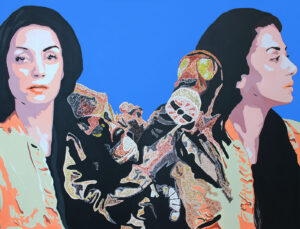

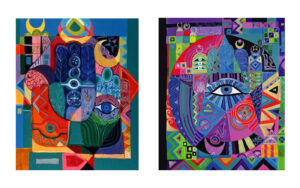
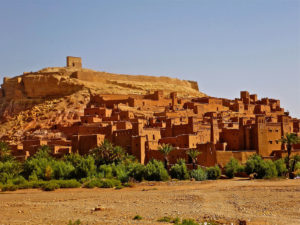

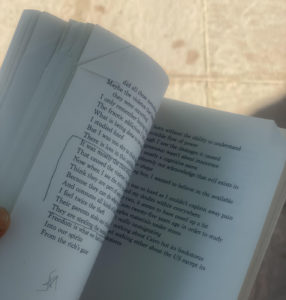
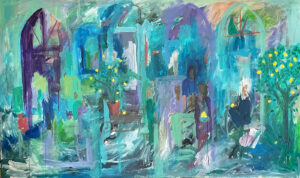
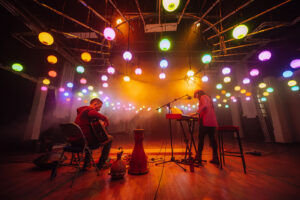

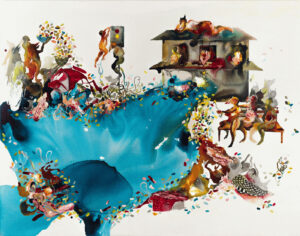
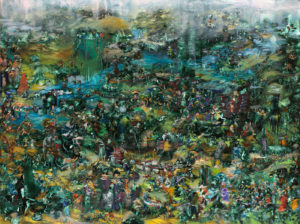


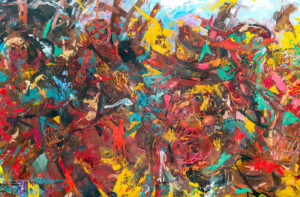
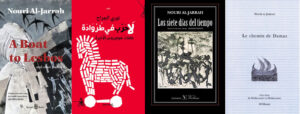
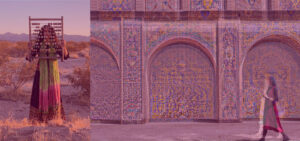
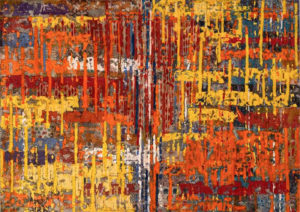
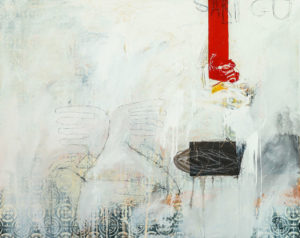

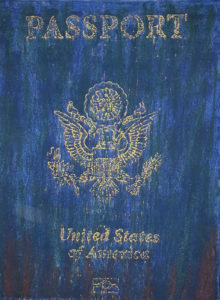

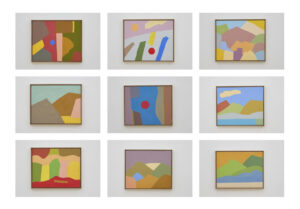

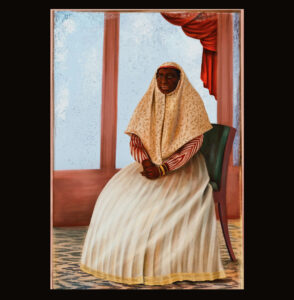

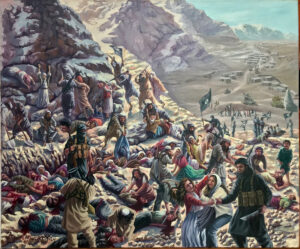
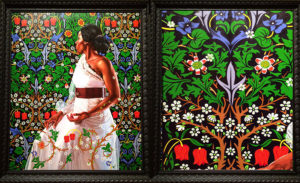
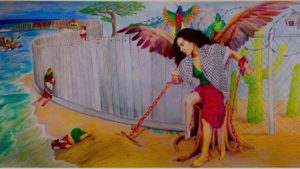
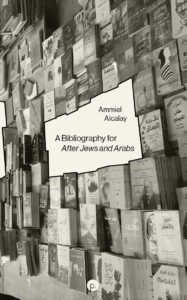
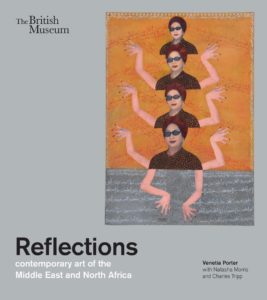
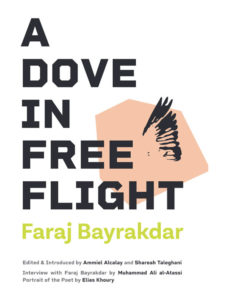
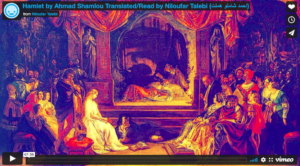

This was an excellent article… Thank you for your insights.
Reading this type of content can be quite challenging. Typically, for those outside of Iran who are not familiar with the social context, reading such an article might lead them to believe that there is censorship in Iran, while in reality, literature and poetry continue to flourish. The article has managed to convey an impression of the Persian literary scene over the years, but it has also incorporated elements of distortion of reality into its content.
The author, an obscure novelist in Iran (though not according to the government’s official narrative), asserts that the high cost of books in Iran is primarily attributed to the skyrocketing prices of paper due to American sanctions. However, the author fails to elucidate that when the government opted to eliminate paper subsidies, coupled with issues of corruption and the monopolization of paper imports by a select few, the price of paper has surged by a factor of ten in just a few short years! This is a constant debate in the Iranian media about the high cost of paper which he simply ignoring it.
In a certain part of the text, the author discusses the legacy of Golshiri. Golshiri, a enormously influential writer, consistently voiced his protests against the prevailing circumstances, deeply affected by the looming presence of censorship and constraints. Two years prior to his passing, he experienced the tragic loss of two eminent writers and translators, who were also his close friends, during the chain murders, were a series of 1988–98 murders and disappearances of certain Iranian dissident intellectuals who had been critical of the Islamic Republic system. The murders and disappearances were carried out by Iranian government internal operatives, and they were referred to as “chain murders” because they appeared to be linked to each other. The victims included more than 80 writers, translators, poets, political activists, and ordinary citizens, and were killed by a variety of means such as car crashes, stabbings, shootings in staged robberies, and injections with potassium to simulate heart attack.
In this article by Salar Abdoh, a rather surprising claim is made regarding Iran – that if someone writes against the regime, they inexplicably gain popularity, while those who produce outstanding work but refrain from criticism remain in obscurity. Abdoh might even place himself in the latter category of writers. However, the actual situation within Iranian society paints a different picture. In truth, substantial works of literature and insightful writings are readily shared on the Internet, and the once-formidable censorship barriers have long been breached. Nonetheless, it’s important to note that certain restrictions persist.
This narrative delves into the ongoing struggle against the oppressive machinery of censorship, a topic that Abdoh chose not to address.